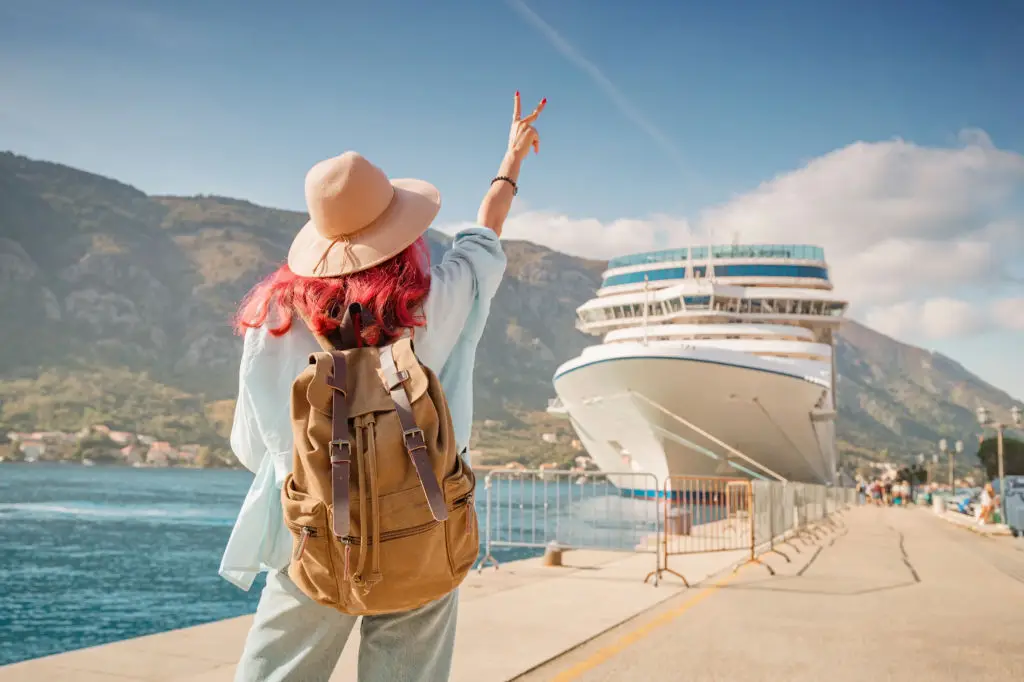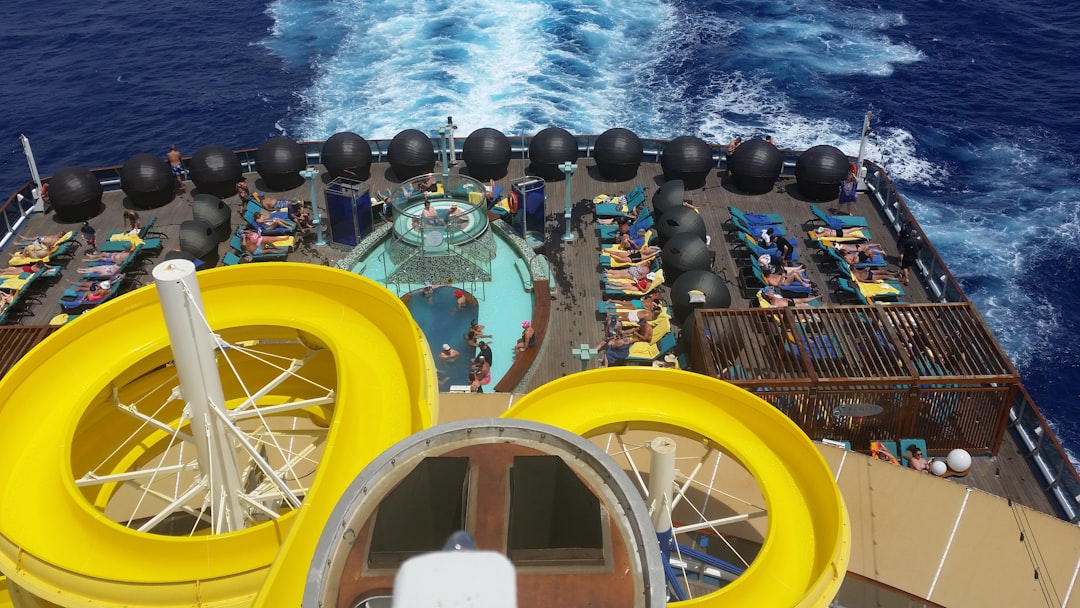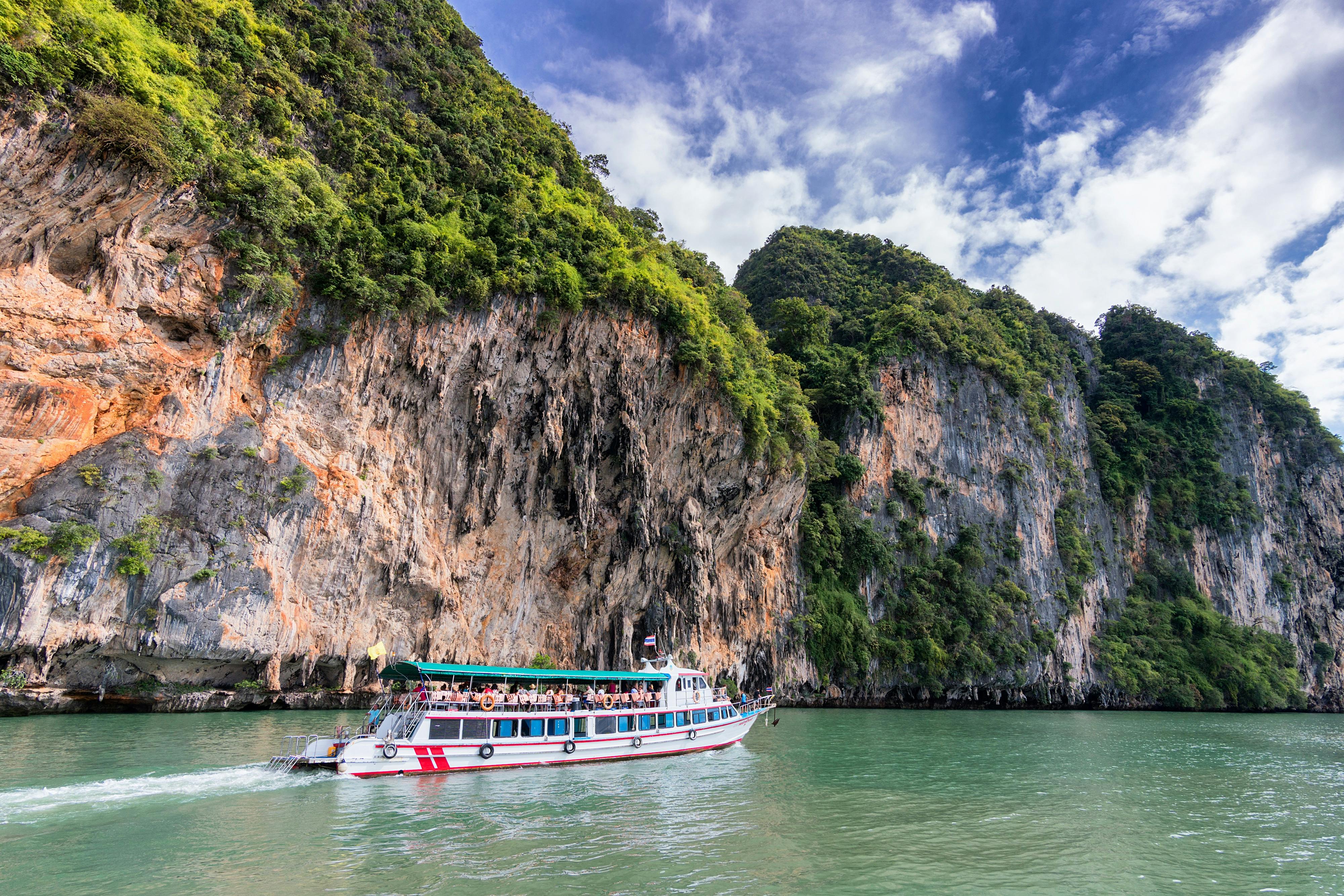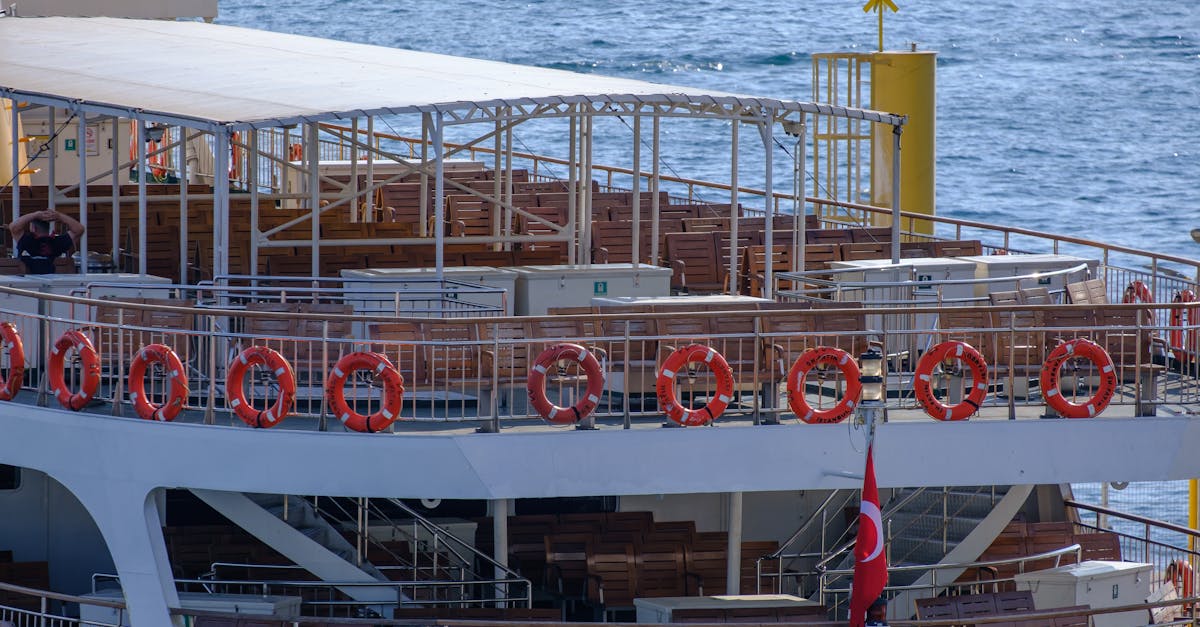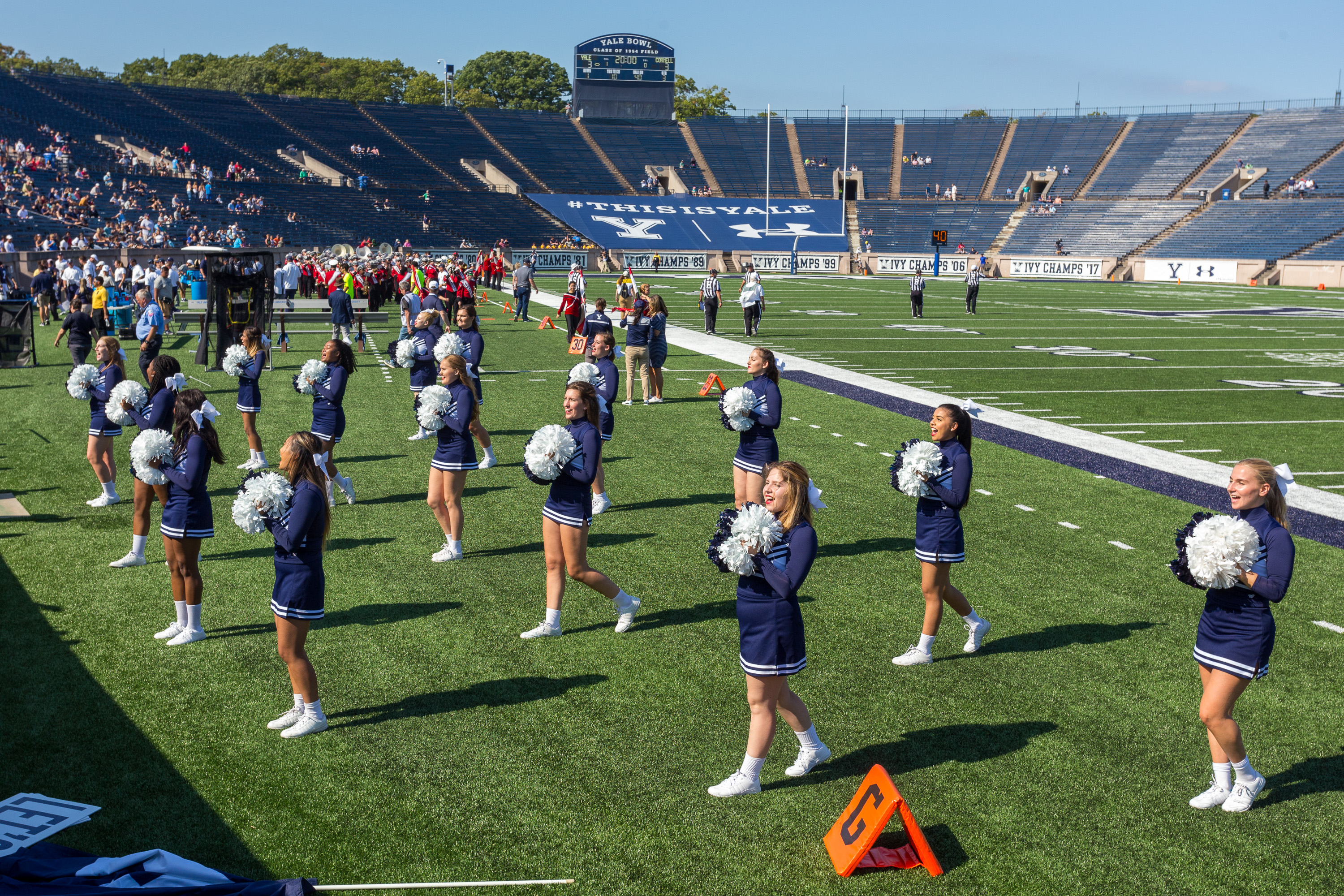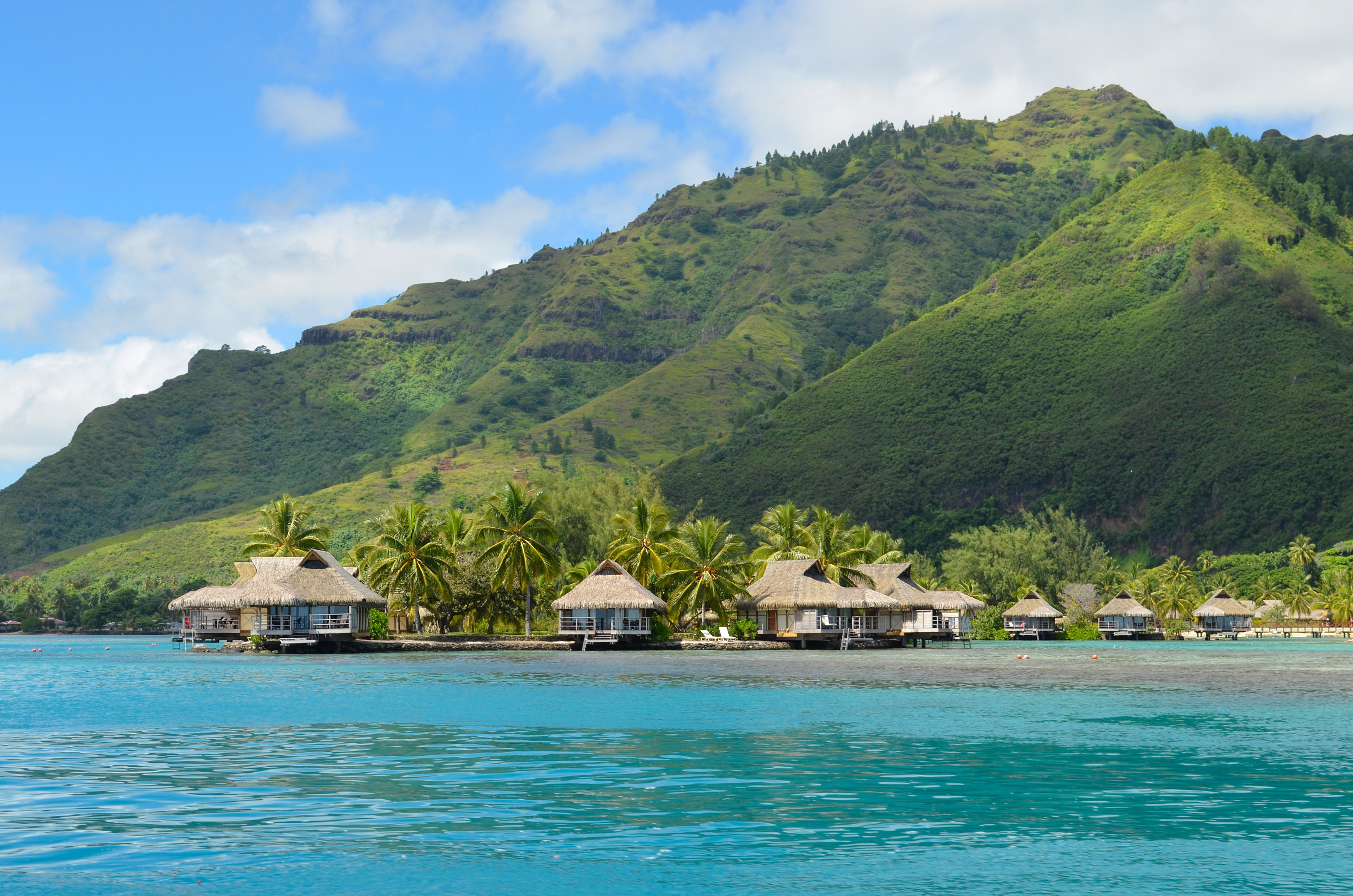Cruise Gone Wrong: 10 Real Horror Stories and How to Avoid Them
Cruise vacations have long been celebrated for their promise of relaxation, luxury, and adventure on the high seas. With the vast ocean as a backdrop, these floating resorts offer a unique blend of exploration and leisure, appealing to millions of travelers worldwide. However, beneath the allure of sun-drenched decks and exotic ports of call lies a history peppered with maritime mishaps and disasters. From navigational errors to unforeseen weather events, the potential for catastrophe is an ever-present specter that haunts the cruise industry. Understanding these risks is crucial for ensuring a safe and enjoyable voyage. This article delves into 10 chilling cruise catastrophes, examining their causes and consequences, and offers essential tips to help you navigate your sea adventure safely. By learning from past incidents and adopting proactive safety measures, passengers can better prepare for their journey, ensuring that their cruise remains a dream vacation rather than a maritime nightmare.
1. The Sinking of the Titanic: Lessons in Hubris and Safety
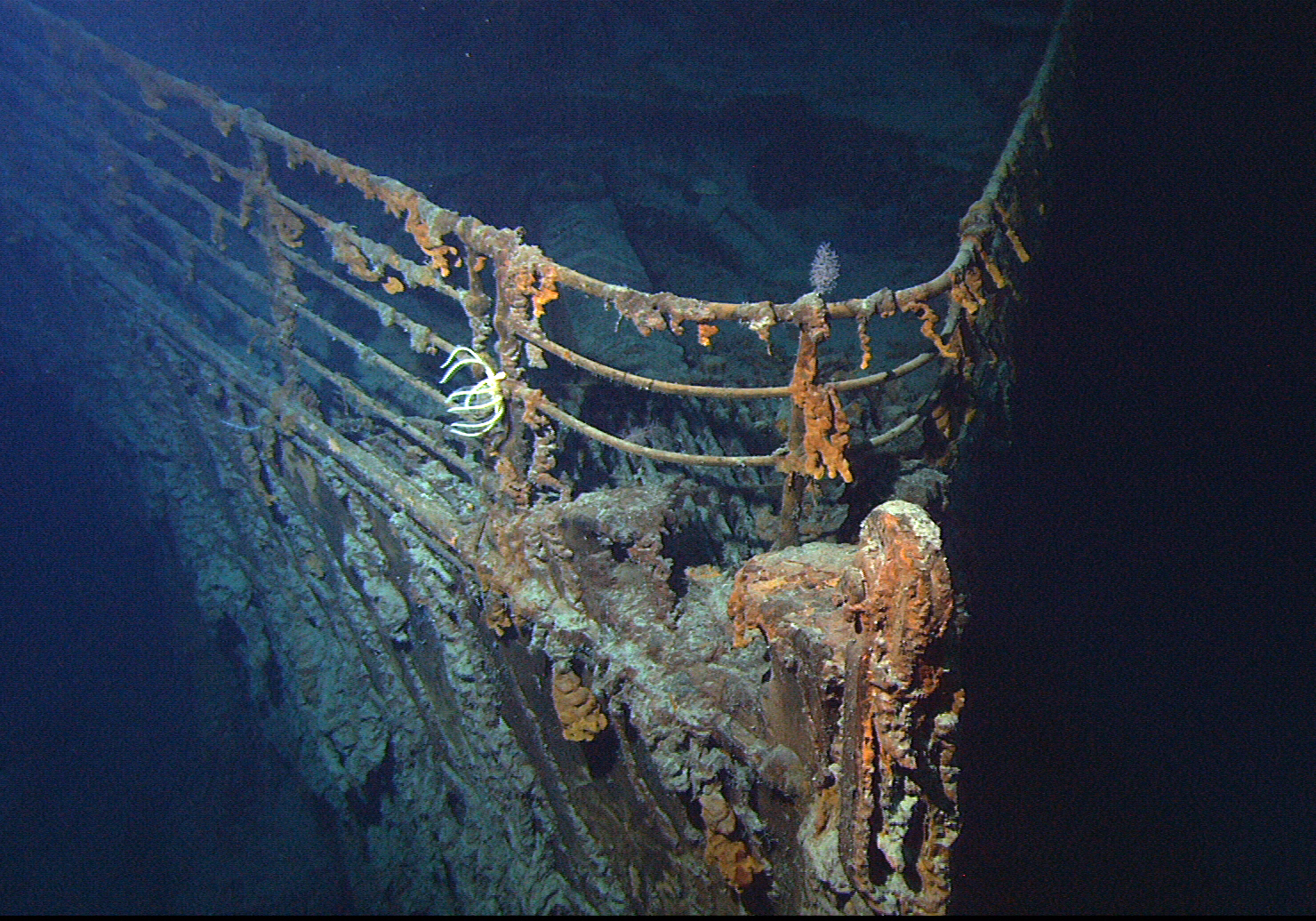
The sinking of the RMS Titanic in 1912 remains one of the most infamous maritime disasters in history. Heralded as "unsinkable," the Titanic's tragic collision with an iceberg in the North Atlantic exposed the dangers of overconfidence and inadequate safety measures. The ship was equipped with lifeboats for only half its passengers, a decision rooted in aesthetics rather than safety. The disaster claimed over 1,500 lives, prompting sweeping changes in maritime regulations, including lifeboat requirements and improved communication systems. The Titanic's legacy underscores the importance of rigorous safety standards and the need for constant vigilance in the face of nature's unpredictability. For modern cruisers, this means choosing vessels that prioritize safety and adhere to international regulations, ensuring that history does not repeat itself.
2. Costa Concordia: Navigational Errors and Human Oversight
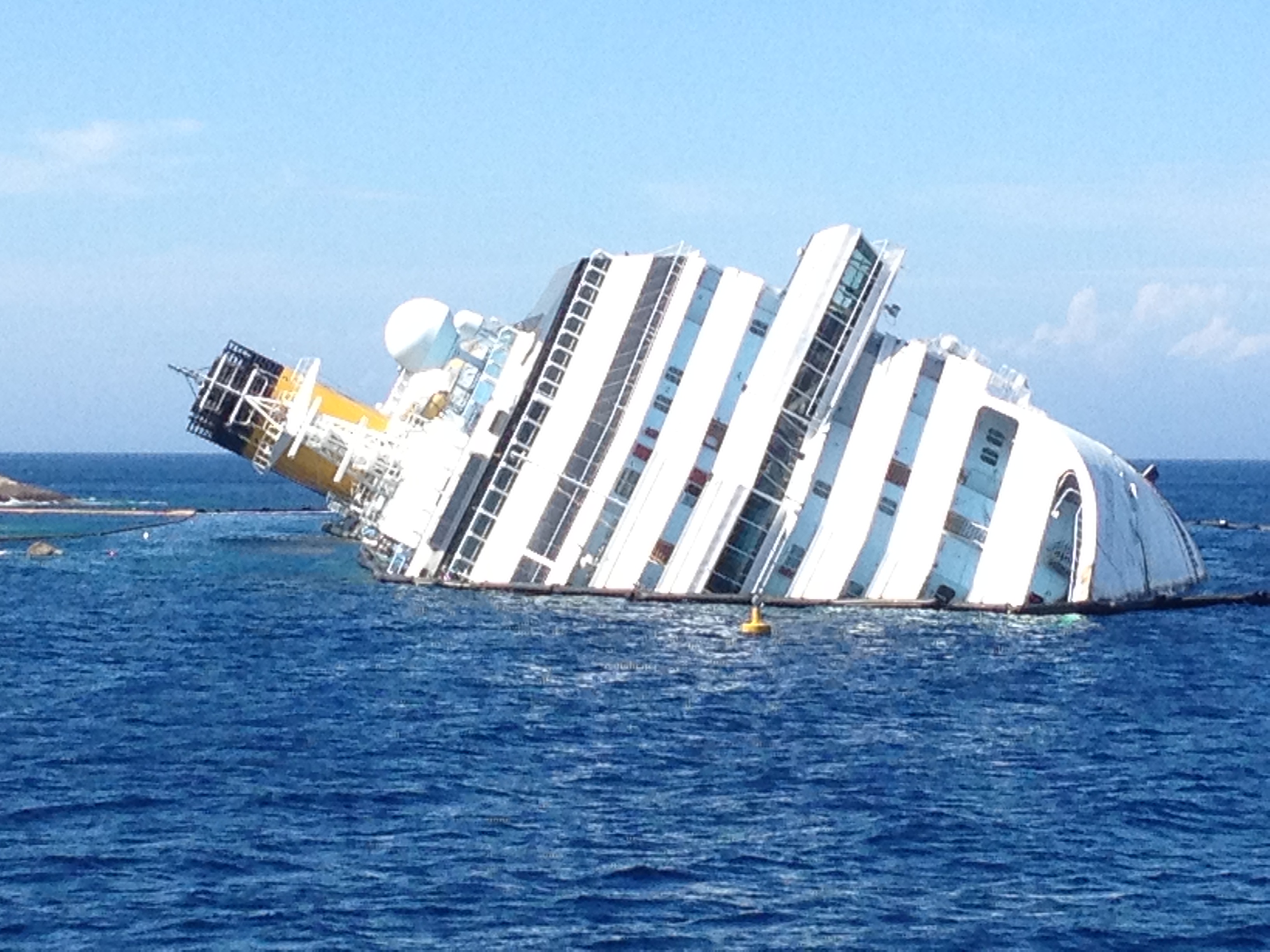
In 2012, the Costa Concordia disaster served as a stark reminder of the critical role human judgment plays in maritime safety. The ship ran aground off the coast of Italy after its captain made an unauthorized deviation from the planned route. This misjudgment resulted in the vessel capsizing, leading to 32 fatalities. The incident highlighted the dangers of complacency and the need for strict adherence to navigational protocols. In the wake of the disaster, cruise lines have implemented more stringent training programs for their crews, emphasizing the importance of discipline and decision-making under pressure. For passengers, understanding the qualifications and experience of a ship's crew can provide peace of mind and reassurance that safety is a top priority.
3. The Norovirus Outbreaks: Invisible Threats at Sea
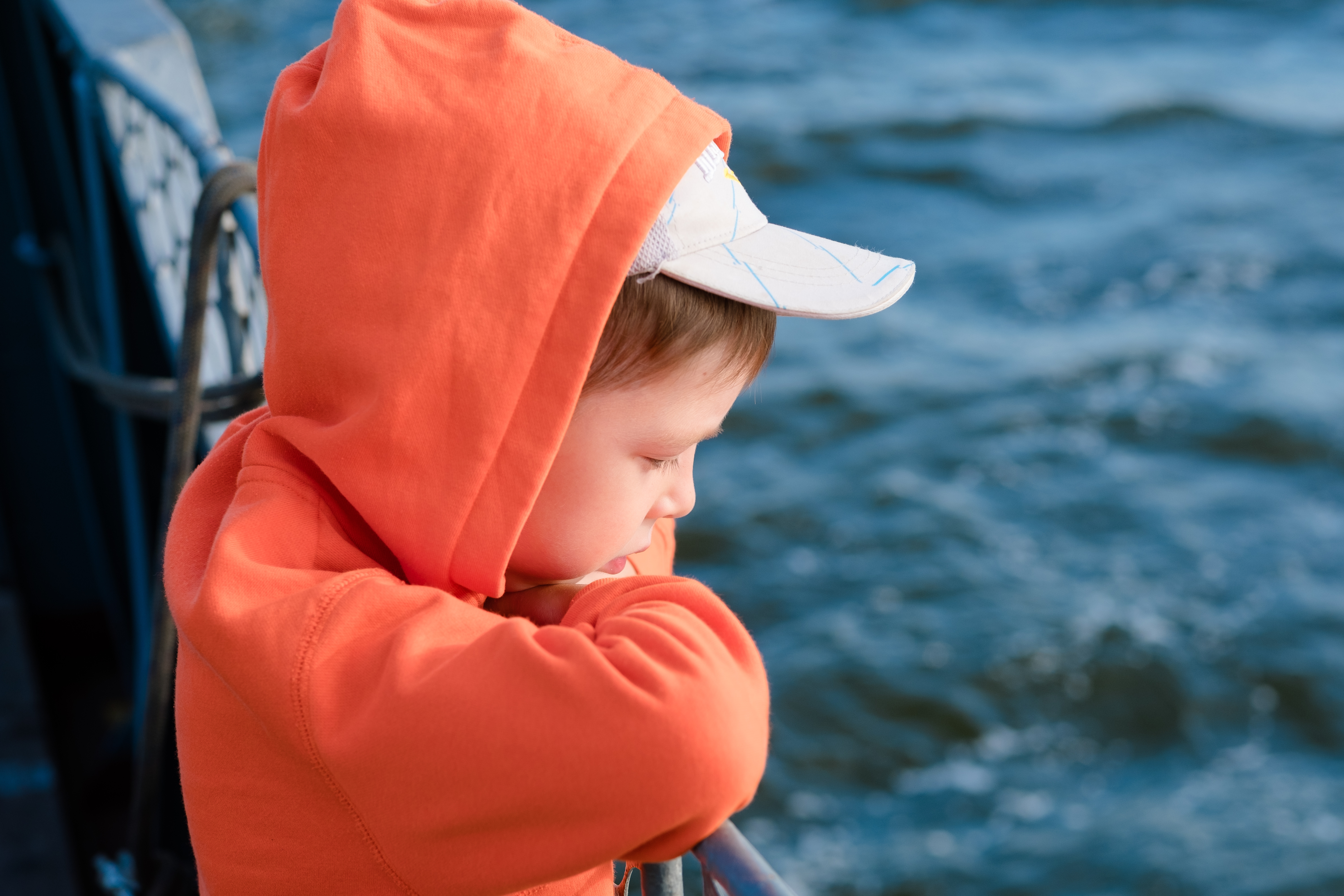
Cruise ships, with their close quarters and shared facilities, are particularly susceptible to the spread of infectious diseases like norovirus. These outbreaks can turn a dream vacation into a health nightmare, as passengers and crew fall ill with symptoms such as vomiting and diarrhea. The highly contagious nature of norovirus requires rigorous sanitation protocols to prevent its spread. Cruise lines have responded by enhancing their cleaning procedures and encouraging passengers to maintain good hygiene practices, such as frequent handwashing. Travelers can protect themselves by staying informed about a ship's health record and following onboard health guidelines, ensuring that their cruise remains a healthy and enjoyable experience.
4. The Fire on the Carnival Triumph: Power Loss and Preparedness
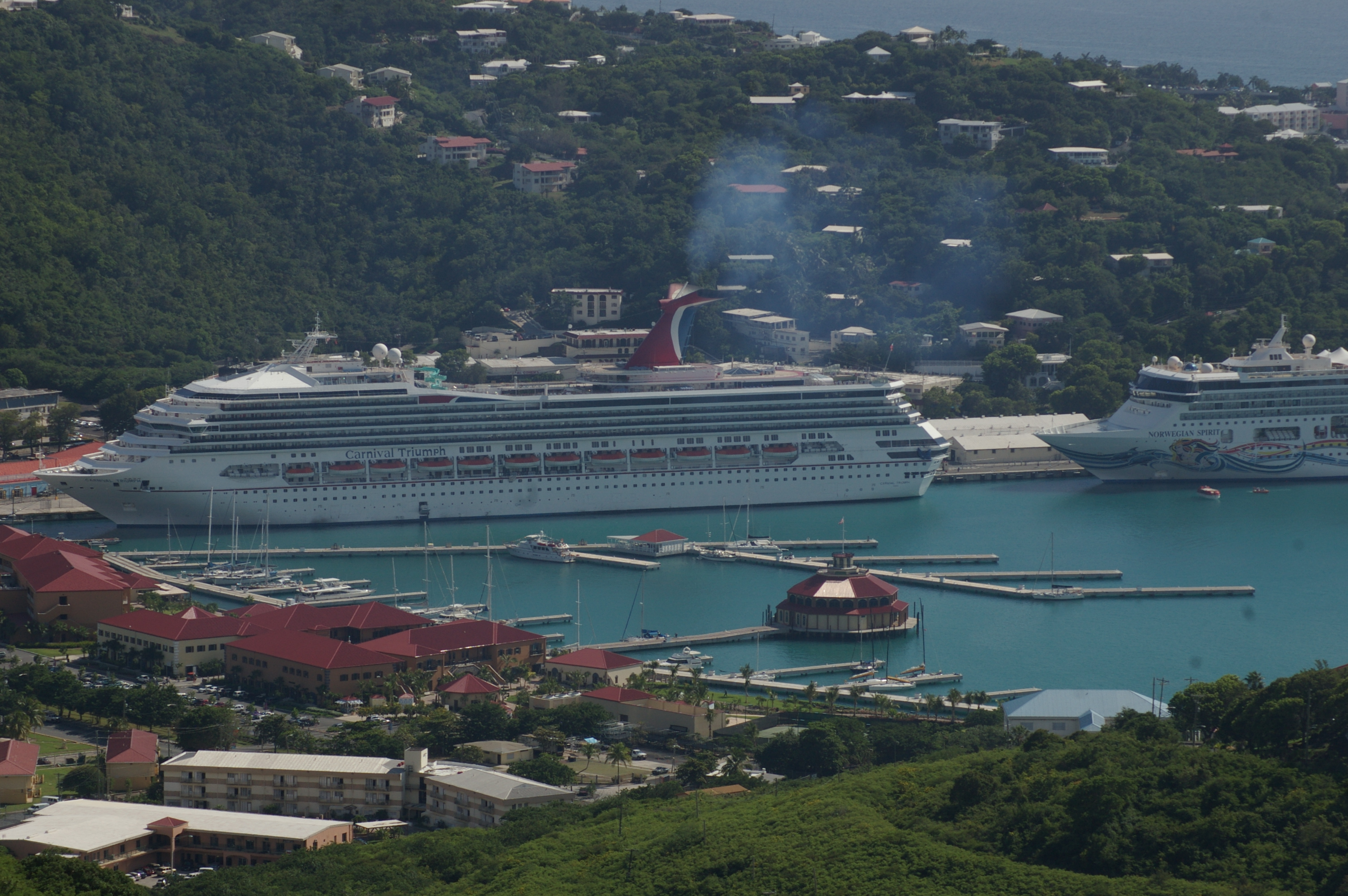
In 2013, a fire in the engine room of the Carnival Triumph left the ship adrift in the Gulf of Mexico, without power or working sanitation systems. The incident, often referred to as the "poop cruise," left passengers stranded for days in uncomfortable and unsanitary conditions. This disaster highlighted the importance of emergency preparedness and the need for robust backup systems. Cruise lines have since invested in better fire suppression technology and redundancy in critical systems to prevent similar occurrences. Passengers can enhance their safety by familiarizing themselves with a ship's emergency procedures and packing essential items like flashlights and portable chargers, ensuring they are prepared for unexpected situations.
5. The Sinking of the MS Estonia: Weather and Structural Vulnerabilities
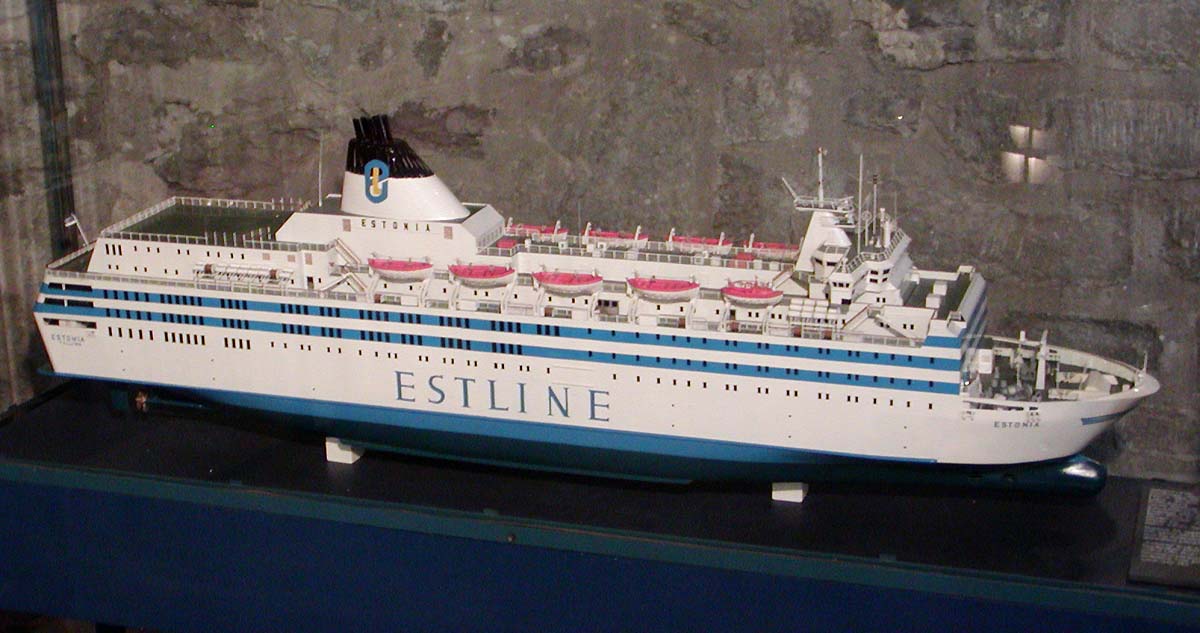
The MS Estonia tragedy in 1994 remains one of the deadliest peacetime maritime disasters, with 852 lives lost when the ferry sank in the Baltic Sea. The disaster was triggered by a combination of severe weather and structural vulnerabilities, as the ship's bow visor failed, allowing water to flood the car deck. This incident underscored the importance of vessel design and maintenance in ensuring passenger safety. In response, regulatory bodies have introduced stricter design and inspection standards to prevent similar disasters. Travelers can safeguard themselves by choosing cruise lines with a strong safety record and modern, well-maintained fleets that meet the latest safety standards.
6. Viking Sky's Near Disaster: Engine Failure and Rescue Operations
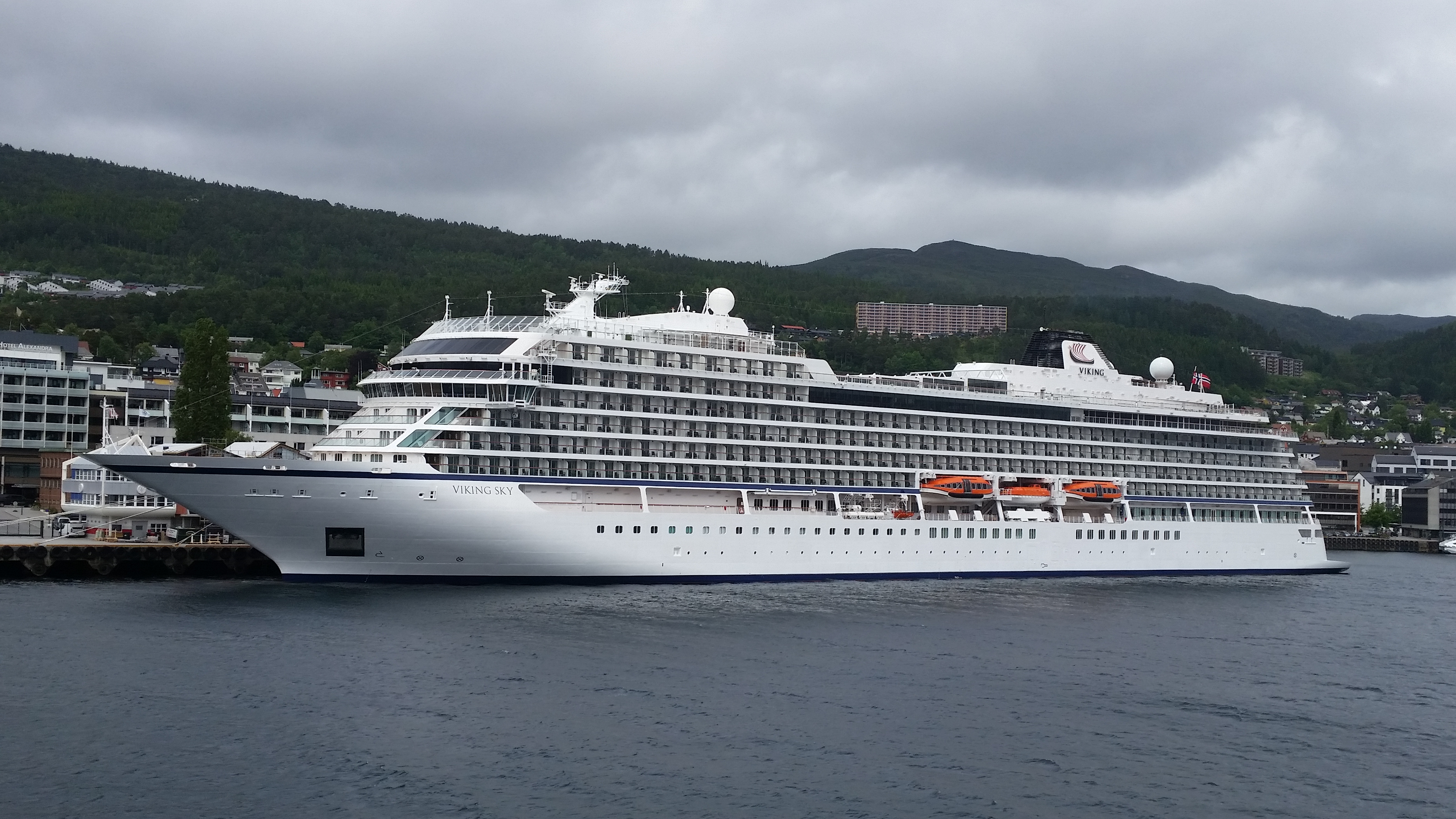
In 2019, the Viking Sky cruise ship narrowly avoided disaster when it suffered engine failure during a storm off the coast of Norway. The ship was left drifting toward rocky shores, prompting a dramatic rescue operation involving helicopters and lifeboats. This incident highlighted the importance of robust engineering and the challenges of emergency evacuations in adverse conditions. Cruise lines have since focused on enhancing engine reliability and refining evacuation procedures to ensure passenger safety. For travelers, understanding a ship's emergency protocols and participating in safety drills can provide crucial knowledge and confidence in the event of an emergency.
7. The Disappearance of the MV Joyita: Mystery and Maritime Safety
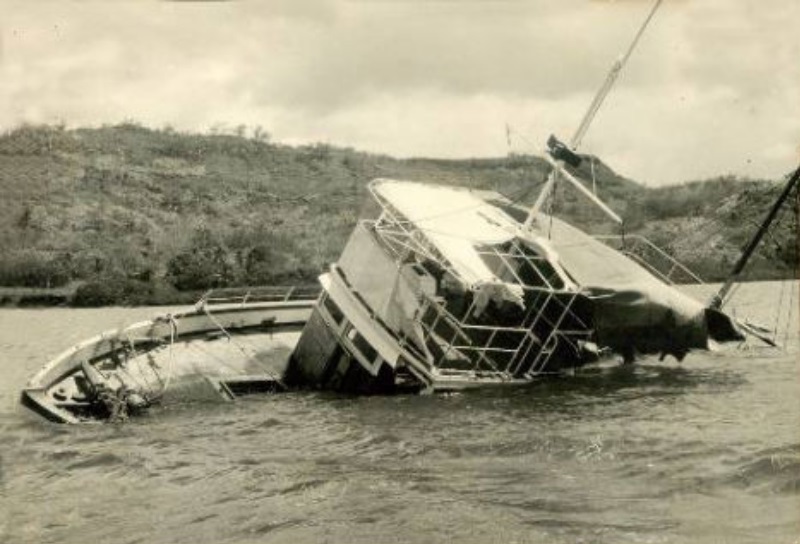
The disappearance of the MV Joyita in 1955 remains one of the great maritime mysteries. The ship was found adrift in the South Pacific, with no trace of its passengers or crew. Theories abound, from piracy to mutiny, but the truth remains elusive. This incident highlights the importance of comprehensive safety measures and communication systems in preventing and responding to maritime emergencies. Modern cruise ships are equipped with advanced tracking and communication technology, ensuring that they remain in contact with authorities and can be located quickly in the event of an emergency. Passengers can contribute to their safety by ensuring their travel plans are known to family and friends and by staying connected through available communication channels.
8. The Carnival Splendor Fire: Crisis Management and Passenger Experience
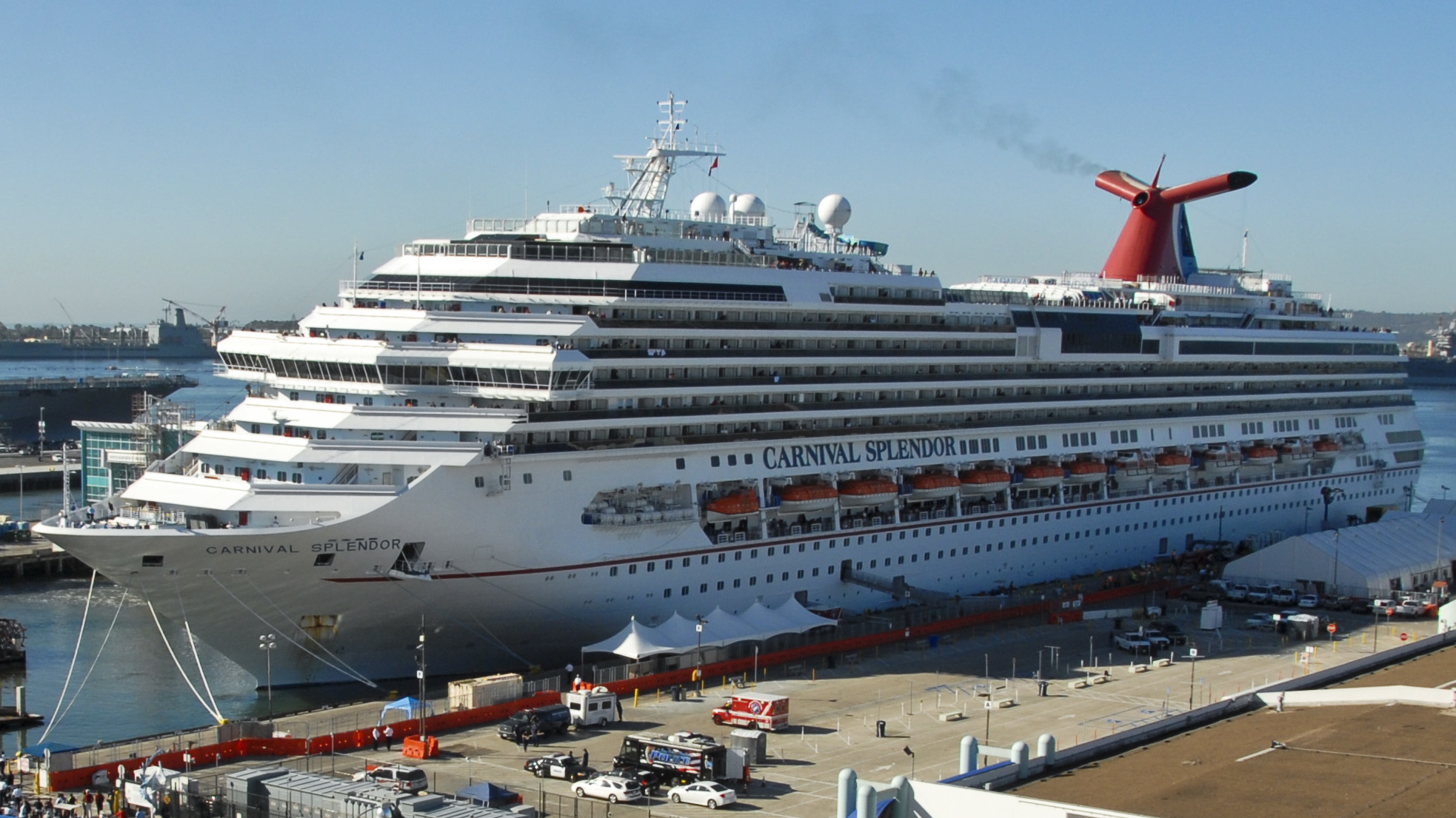
In 2010, a fire in the engine room of the Carnival Splendor left the ship without power, stranding it off the coast of Mexico. Passengers endured several days without air conditioning, hot food, or functional toilets. The incident tested the cruise line's crisis management capabilities and highlighted the importance of effective communication with passengers. In response, cruise lines have improved their crisis management strategies, focusing on clear communication and maintaining passenger comfort during emergencies. Travelers can enhance their experience by remaining calm and cooperative in crisis situations, trusting the crew's expertise and following their instructions.
9. The Sinking of the MV Le Joola: Overcrowding and Regulatory Failures
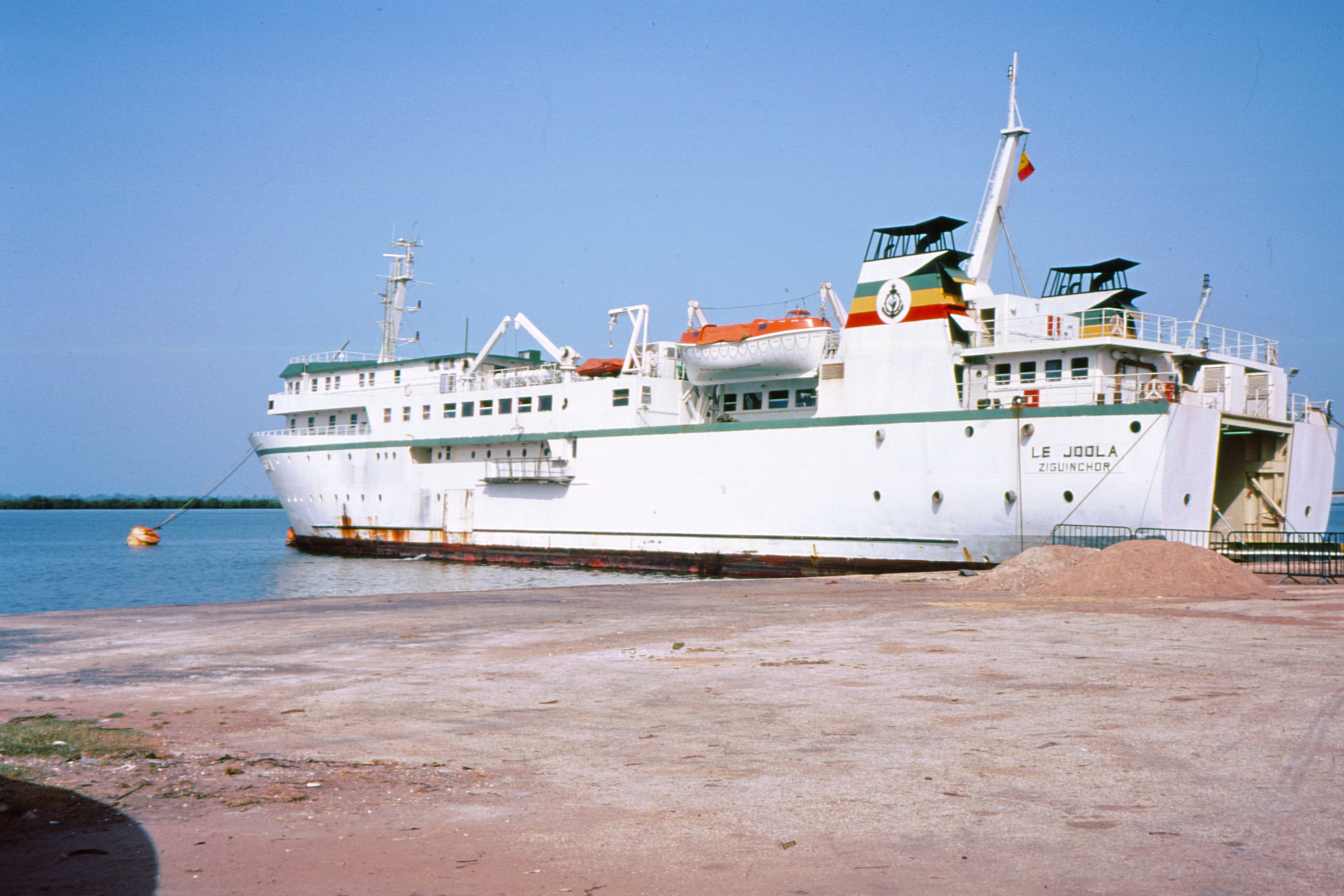
The tragic sinking of the MV Le Joola in 2002, which resulted in over 1,800 deaths, was a stark reminder of the dangers of overcrowding and inadequate regulatory oversight. The ferry was carrying more than double its capacity when it capsized off the coast of Senegal. This disaster underscored the need for strict adherence to passenger limits and rigorous enforcement of safety regulations. In the aftermath, international maritime organizations have worked to strengthen oversight and improve safety standards. Passengers can protect themselves by choosing reputable cruise lines that prioritize safety and adhere to international regulations, ensuring that their journey is both safe and enjoyable.
10. The Costa Smeralda Gas Leak: Environmental Hazards and Safety Protocols
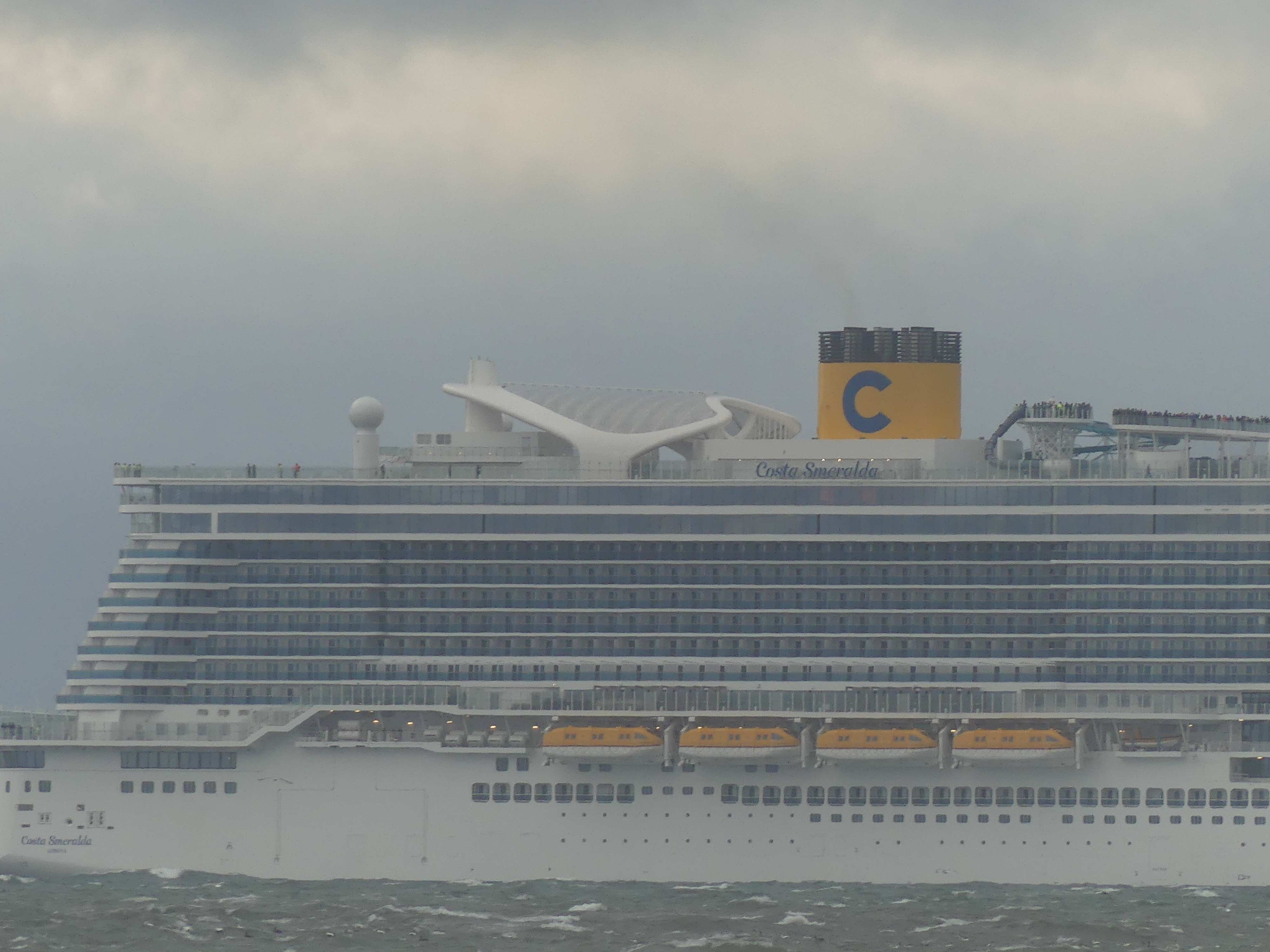
In 2020, the Costa Smeralda faced a potential disaster when a gas leak was detected in its engine room. The quick response of the crew prevented a major incident, highlighting the importance of vigilance and effective safety protocols. Environmental hazards, such as gas leaks and oil spills, pose significant risks to both passengers and the marine environment. Cruise lines have invested in advanced monitoring systems and emergency response training to mitigate these risks. Travelers can contribute to environmental safety by supporting cruise lines with strong environmental policies and by participating in onboard sustainability initiatives, ensuring that their voyage is both safe and environmentally responsible.
As we've explored, the history of cruise catastrophes offers valuable lessons in safety, preparedness, and the importance of vigilance. While the allure of ocean voyages remains undeniable, travelers must approach their sea adventures with an awareness of potential risks and a commitment to safety. By learning from past disasters and adopting proactive measures, passengers can enjoy their cruise vacations with confidence and peace of mind. Choosing reputable cruise lines, understanding emergency protocols, and maintaining good hygiene practices are just a few ways to ensure a safe and enjoyable journey. As you embark on your next maritime adventure, remember that the key to a successful voyage lies in the balance between enjoyment and caution, allowing you to savor the beauty of the sea while staying safe and sound.

